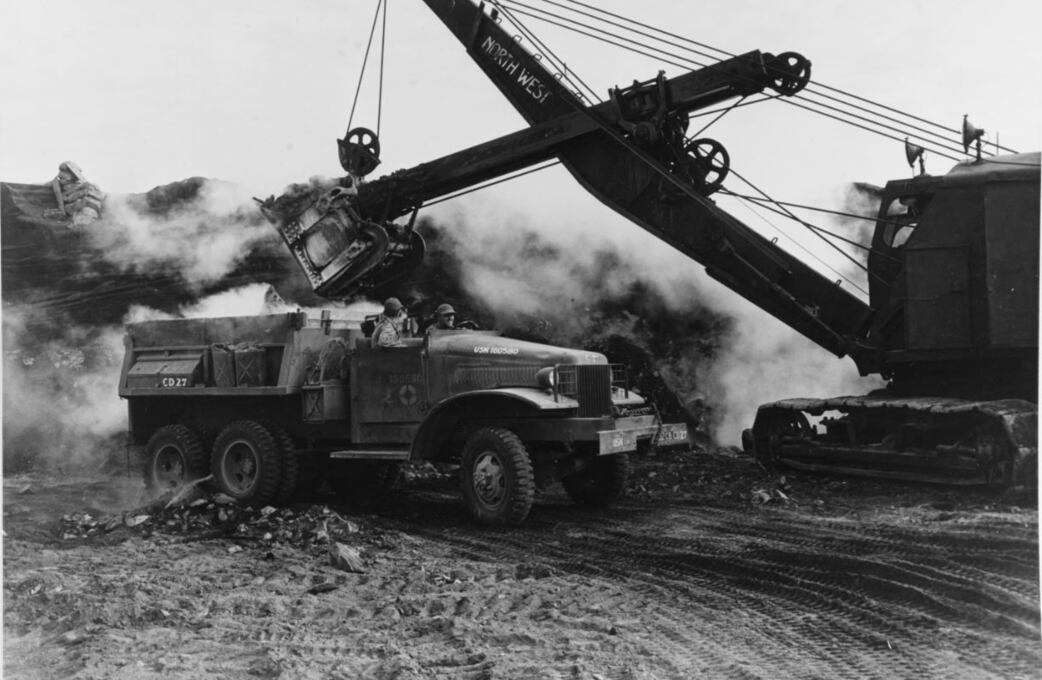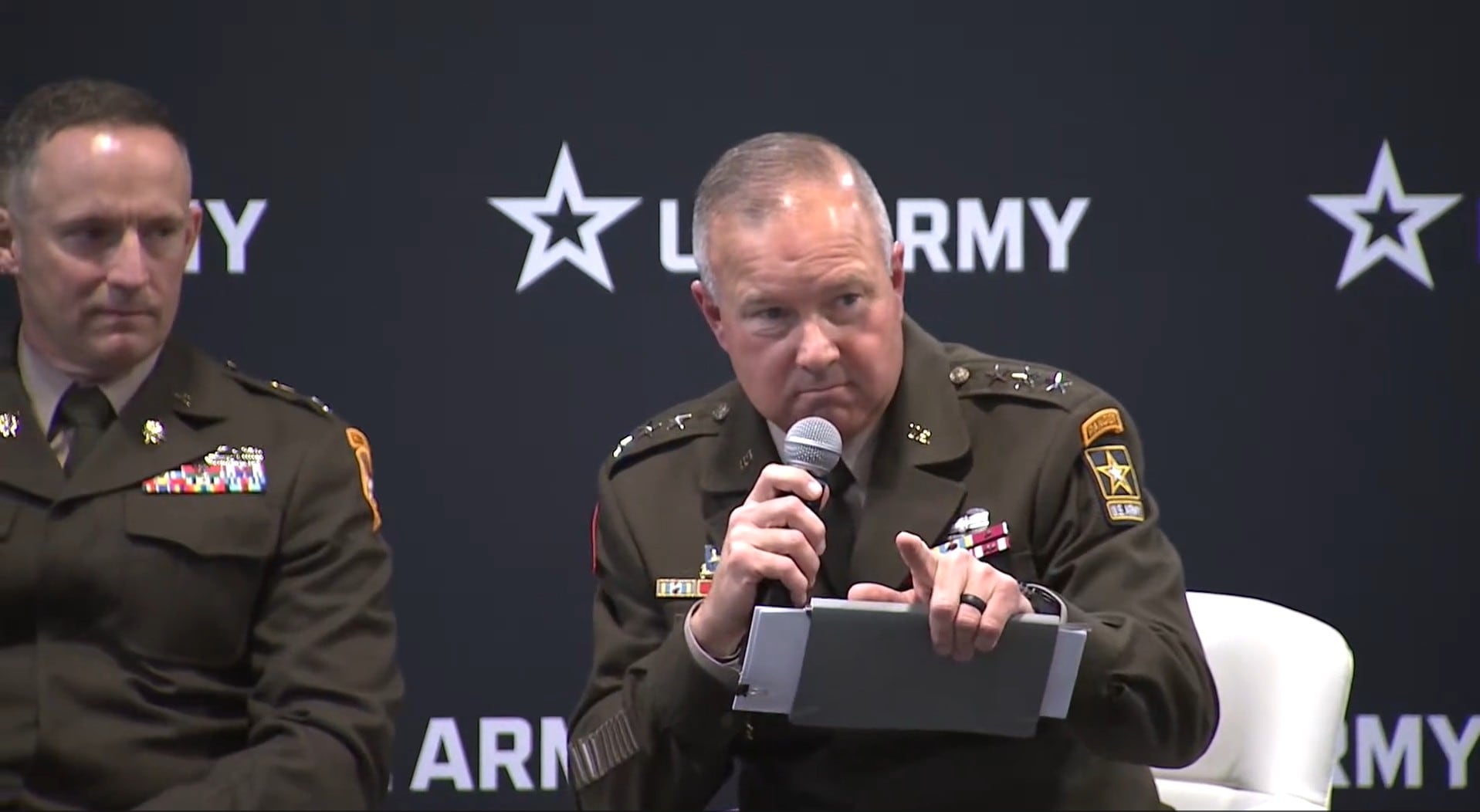In late September 1944, three of the U.S. Navy’s top admirals met in San Francisco to discuss the next phase of operations in the Central Pacific theater.
Adm. Chester W. Nimitz recommended the capture of Okinawa in the Ryukyu Islands. Not only was Okinawa just 350 miles from Kyushu, the southernmost of the Japanese home islands, it had both the land area and anchorages necessary to serve as a staging base for the final assault on Japan.
As a prelude to its capture, Nimitz also recommended the seizure of Iwo Jima, a small volcanic island about 650 miles east of Okinawa.
The importance of Okinawa was obvious. That of Iwo Jima was not.
As a staging area for an invasion of Japan, the island had no value whatsoever. It was far too small, it had no anchorages, and it was several hundred miles more distant from Kyushu.
Given those deficiencies, Adm. Ernest King, the chief of naval operations, dismissed the occupation of Iwo Jima as a waste of resources. It would, he predicted, be “a sink hole in the hands of whoever held it.”
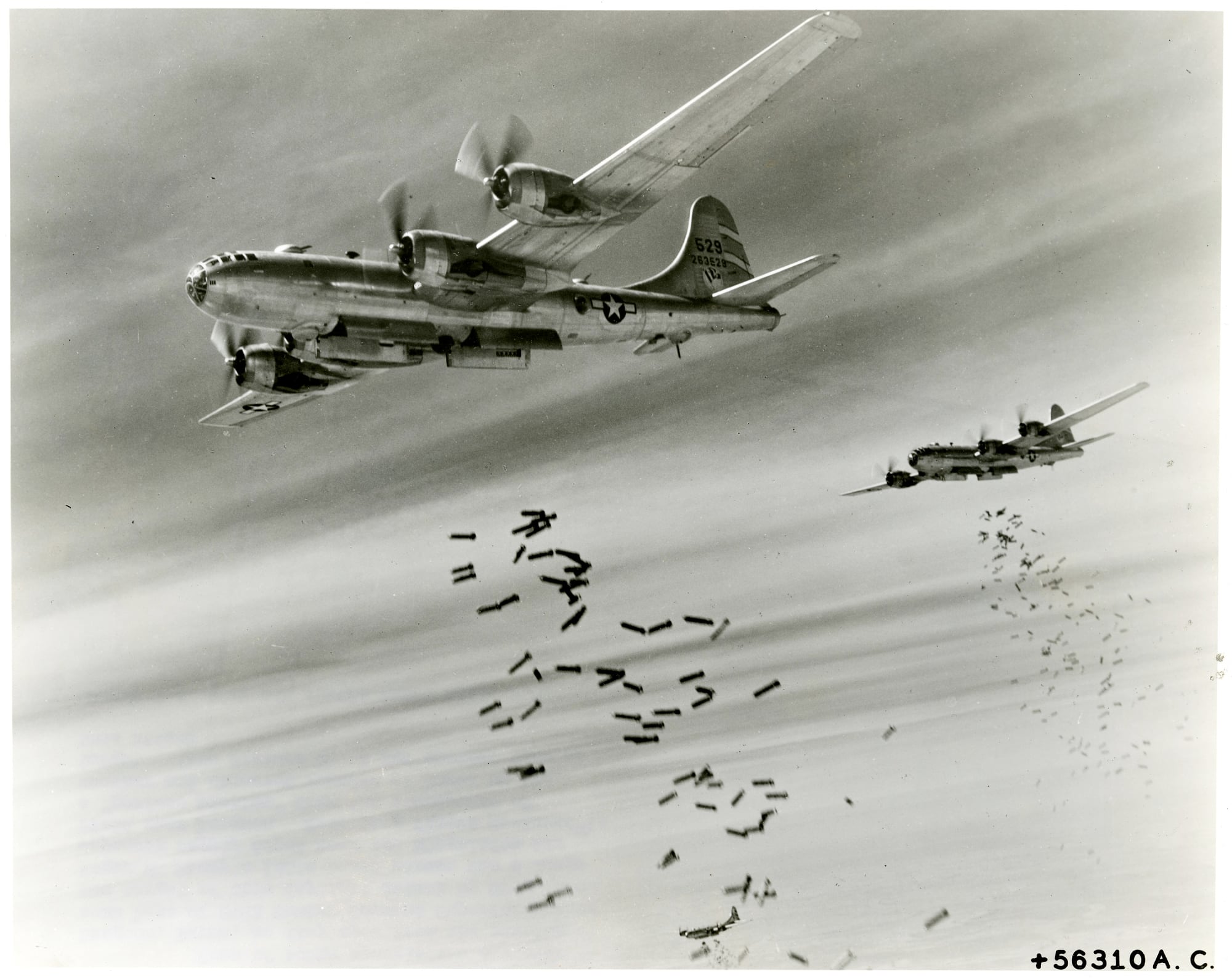
But Rear Adm. Forrest Sherman, Nimitz’s chief of staff, responded that Gen. Henry “Hap” Arnold of the U.S. Army Air Forces wanted Iwo Jima as an air base. From it, P-51 fighters could escort B-29 Superfortresses on their lengthy runs from bases in the Mariana Islands to targets on the Japanese main land.
Adm. Raymond Spruance agreed with Nimitz and Sherman. So King gave in, and planning for Operation Detachment — the invasion of Iwo Jima — got underway.
Four and a half months later, three marine divisions — about 82,000 men — stormed the island.
The fighting was expected to last only a few days. Instead, the battle for Iwo Jima took 35 days and cost 6,821 American dead and 19,217 wounded.
One out of every three marines killed in the entire Pacific War lost his life on Iwo Jima.
And for the first time, American losses in a battle exceeded those of the Japanese defenders, whose casualties on Iwo totaled about 18,500.
American plans for the operation offered five reasons for seizing the island.
In addition to providing fighter escort for B-29 bomber attacks on Japan, the capture of Iwo Jima would neutralize a Japanese radar station on the island, provide air defense bases to protect the Marianas, furnish air fields for staging shorter-range B-24 bombers against Japan, and perhaps precipitate a decisive sea battle with the Imperial Japanese Navy.
None of these reasons, however, proved justified.
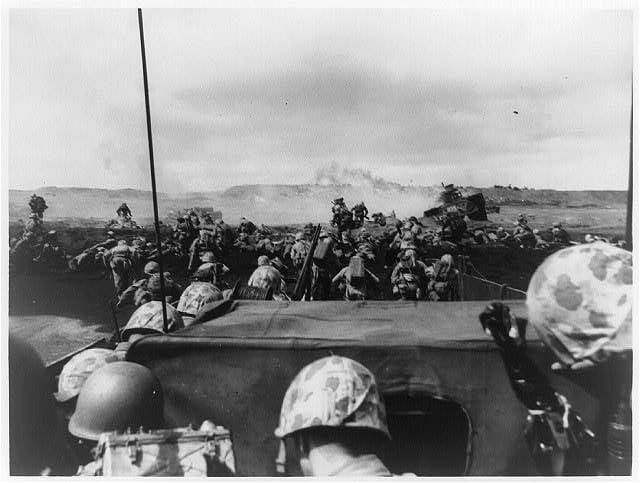
Even as the fighting for Iwo Jima raged, the XXI Bomber Command in the Marianas shifted from daylight precision bombing to nighttime incendiary attacks, rendering fighter escort largely superfluous.
The Japanese radar station on the island was silenced, but Japanese listening posts on other islands —including Rota in the Marianas itself — continued to provide early warning of American attacks until the end of the war.
The battered Japanese air force was far too small to launch significant attacks on the Marianas and no significant B-24 bombing campaign from Iwo Jima ever materialized.
Nor did the invasion precipitate even a minor sea fight, for the Japanese navy had been all but destroyed during the Battle of Leyte Gulf, four months before the Iwo Jima invasion.
But a way had to be found to justify the horrendous casualties, and in the after math of Iwo Jima’s capture, a new ration ale for the invasion emerged.
The island’s airfields, it was argued, had proven vital for emergency landings by Superfortresses in their strategic bombing campaign against Japan.
By the end of the war, 2,251 B-29s had landed on Iwo Jima. Since each bomber had a crew of eleven, possession of Iwo Jima had apparently saved the lives of nearly 25,000 crewmen — nearly three times the number of Marines killed in taking the island.
By the grim arithmetic of war, Operation Detachment seemed worth the cost.
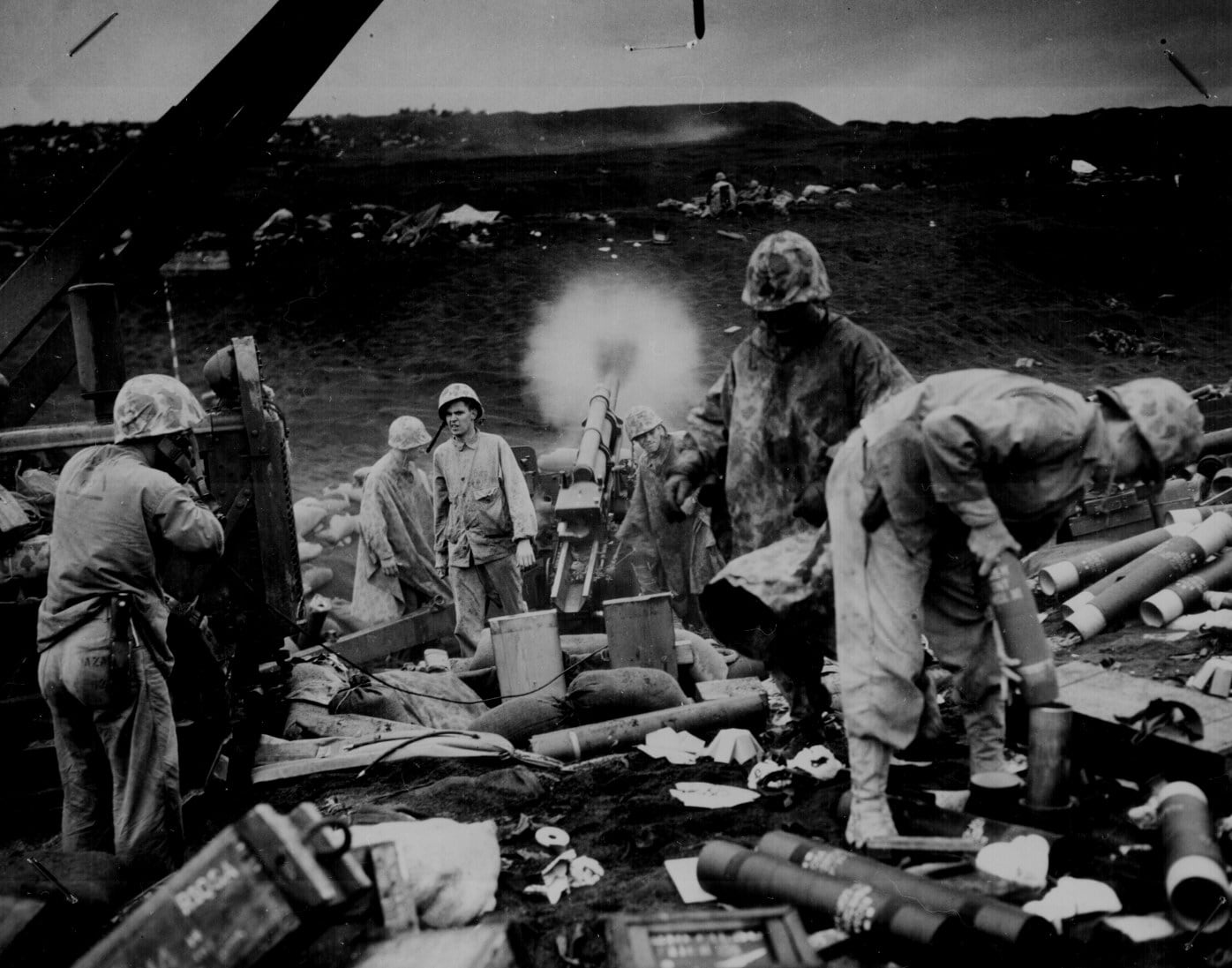
Generations of historians have accepted this explanation. But as then-Marine Capt. Robert S. Burrell convincingly argues in The Ghosts of Iwo Jima (2006), this justification cannot withstand scrutiny.
For one thing, the 2,251 figure was achieved by counting every B-29 landing on Iwo Jima as an emergency landing, despite the fact that of the nearly 2,000 landings made during the months of May, June, and July 1945, more than 80 percent were for routine refueling.
Several hundred landings were made simply for training purposes, while most of the remainder were for relatively minor engine maintenance.
During the month with the largest number of landings — June — not a single one of more than 800 B-29s that landed on the island did so due to combat damage.
Burrell also notes that the “emergency landing” thesis assumes that every single crewman who landed on Iwo Jima would otherwise have died in the icy waters of the North Pacific.
Actual air-sea rescue figures, however, indicate that 50 percent of crew men who ditched at sea survived the experience.
Moreover, according to official loss reports, only 2,148 B-29 crewmen were killed in combat, including those stationed in India and China as well as the Marianas.
“The emergency landing theory,” Burrell notes, “claims that an additional 24,761 airmen from the Marianas alone would have died without the use of Iwo Jima. In other words, the theory claims that over eleven times the number of airmen actually lost in combat were saved simply by offering an alternative landing field between [the Marianas] and Tokyo.”
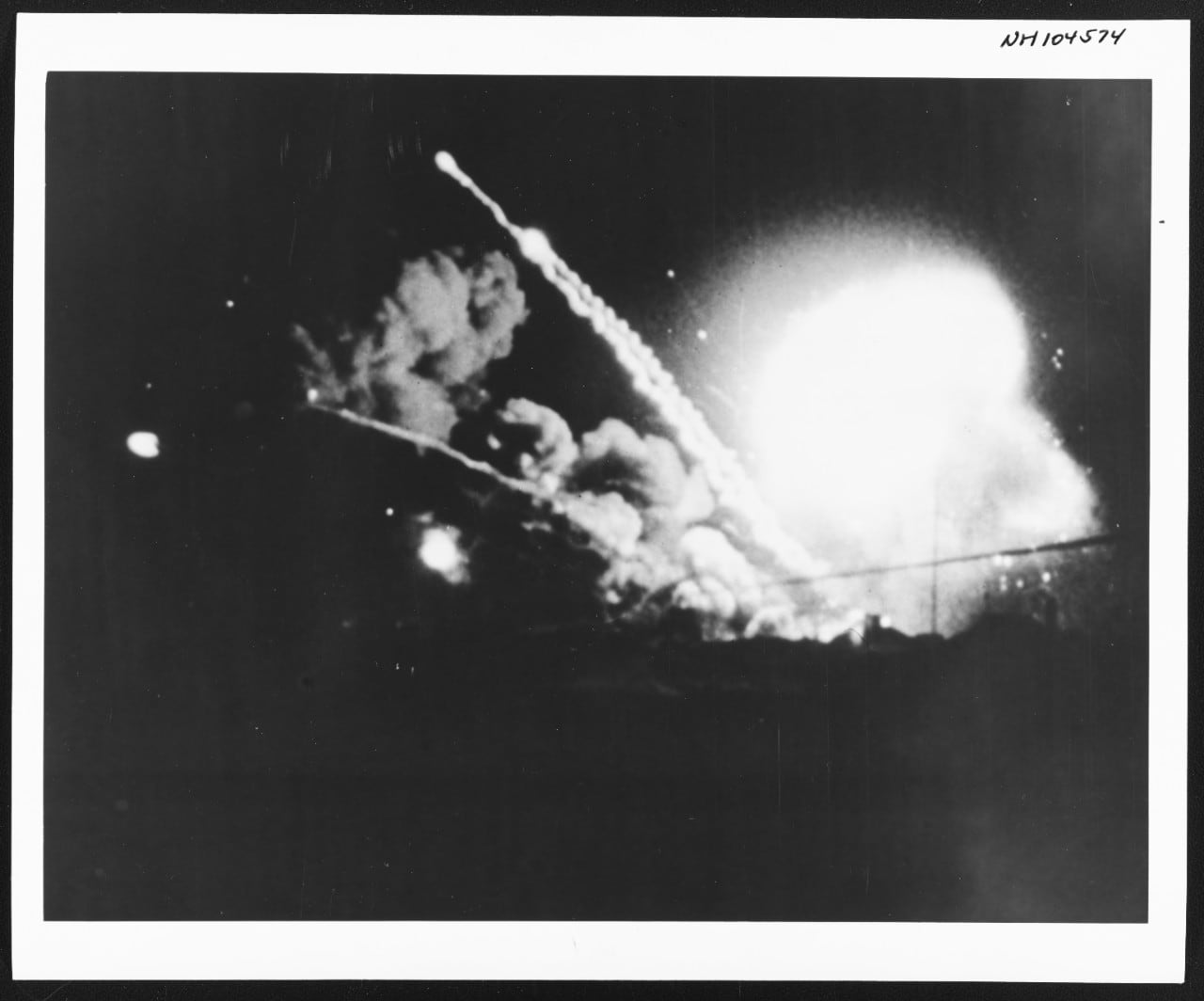
What, then, if Nimitz had heeded King’s admonition that Iwo Jima was a “sink hole” not worth the effort?
Earlier in the war American forces had bypassed the Japanese fortresses at Rabaul on New Britain and Truk in the Caroline archipelago, success fully neutralizing each through a combination of air strikes and a naval blockade.
The same could have been done with Iwo Jima.
Had Iwo Jima been bypassed, the Pacific War would have ended at much the same time and in much the same way as it did.
True, the American photo album would have been somewhat impoverished, for it would not have included the famous Joe Rosenthal shot of the dramatic flag-raising ceremony on Mount Suribachi.
But more substantively, the three Marine divisions used in the capture of Iwo Jima would have been available to support the invasion of Okinawa. (Although originally scheduled for that assignment, the horrific battle for Iwo Jima left them too badly damaged to do so.)
Moreover, the successful defensive tactics employed by Lt. Gen. Tadamichi Kuribayashi, the commander of Iwo Jima’s garrison, would not have been available as an example to be emulated by Okinawa’s commander, Lt. Gen. Mitsuru Ushijima, who used them to advantage in the actual struggle for that island.
The battle for Iwo Jima, although a high point for American valor, was a low point for American strategy.
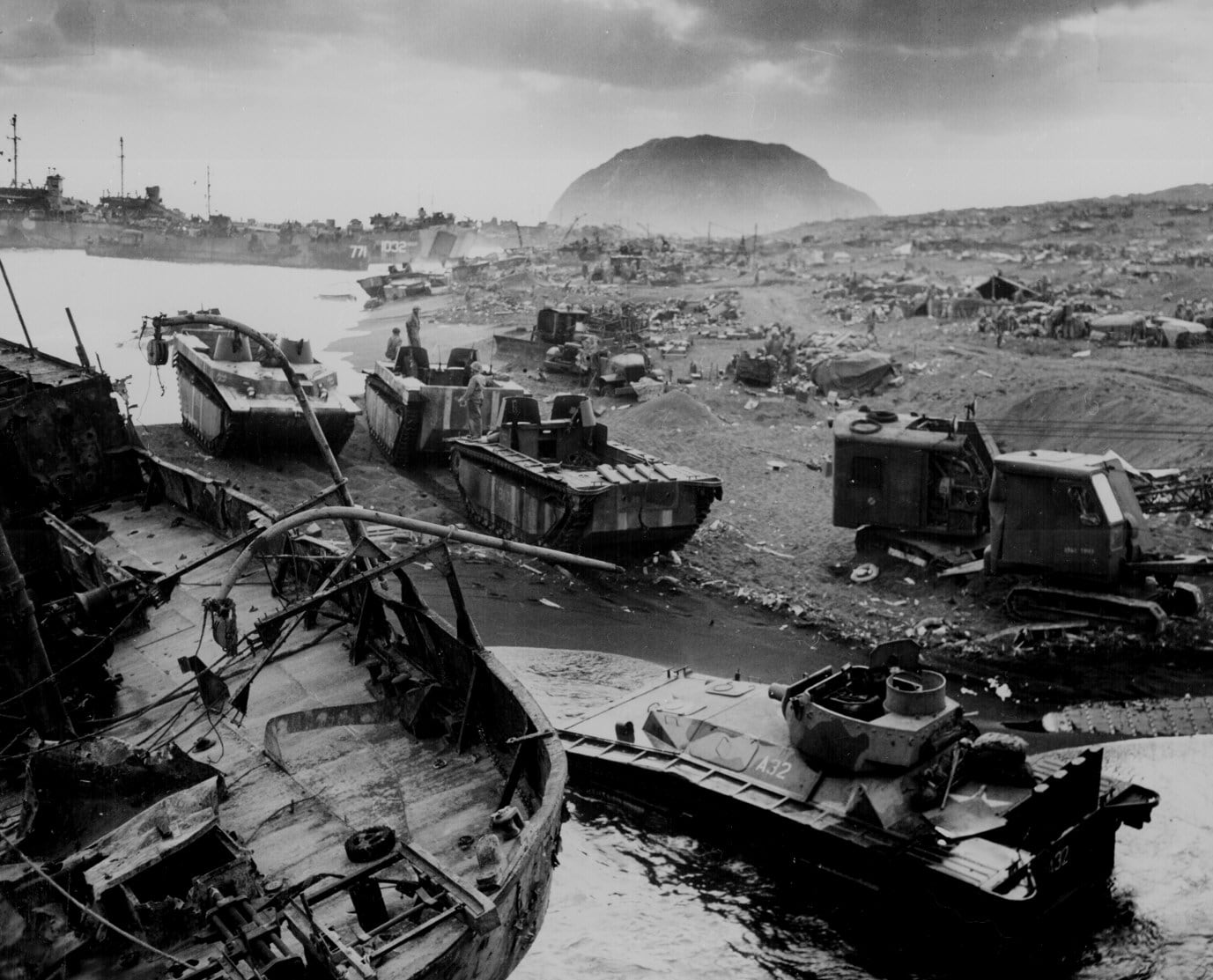
This article originally appeared in the December 2007 issue of World War II Magazine, a sister publication of Navy Times. To subscribe, click here.
RELATED
